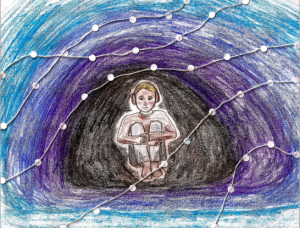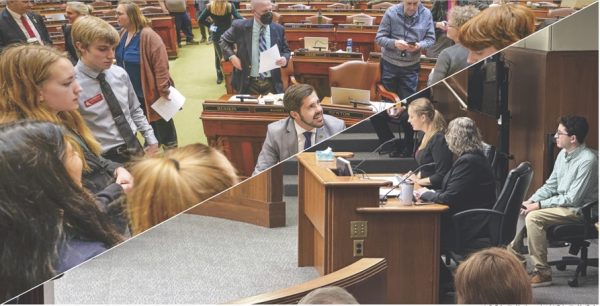Seasonal Affective Disorder and Blake Students

As the holidays pass, the winter break high subsides; Blake students must go back from a period of uninterrupted bliss to the academic hustle and a case of the winter blues can set in. Seasonal change, especially in Minnesota, can have a significant effect on your mood and mental health. Seasonal Affective Disorder is a mental illness that can be attributed to seasonal change, specifically winter.
Referring to ascension of winter Lauren Fine ‘16 said, “It’s always a struggle, winter is a brutal time for all students because every morning you wake up it’s still dark outside.” Seasonal change can mean a lot more than the hassle of trudging through the snow and the trouble of driving through harsh weather conditions. Negative feelings towards wintertime go beyond snow and the cold, simply waking up in a dark and gloomy environment can be a terrible experience. Daniela Phillips ‘16 expanded on the darkness during the winter, “When you look outside and it’s dark and grey there is really nothing positive about that, but when it’s nice outside you get to look out and there’s a clear sky and you look forward to being outside.” When asked about the effects of winter Ryan Brazner ’16 said, “I get more gloomy and sad and my sleep apnea kicks in, you tend to stay inside more when it’s cold outside.”
The gloomy effect winter has on people forces them to stay inside and isolate themselves. When winter comes Seasonal Affect Disorder is a reality an average person may face. Seasonal Affective Disorder or SAD causes someone to experience recurrent major depressive disorder at a specific time of the year, while the depression remits at other times. People afflicted with SAD go through a serious mood change. They may lack energy, feel depressed, or sleep too much. SAD reportedly affects 10 million Americans, while another 10% to 20% have mild symptoms of SAD according to osteopathic.org.
SAD is a legitimate and serious that should not be discredited. However, SAD is manageable, and there are a number of treatments that can be used to help. The most popular form of treatment’s a light therapy lamp. A light therapy lamp is a very bright light that you can shine on yourself in order to reduce the effects of SDA. Medication is also another form of treatment. There is a line drawn between having a minor case of the winter blues and being diagnosed with SAD.
Having a little trouble during the winter because of the rough conditions is one thing, but Blake students must keep in mind that some people really struggle with SAD, especially in our frigid Minnesota weather.















